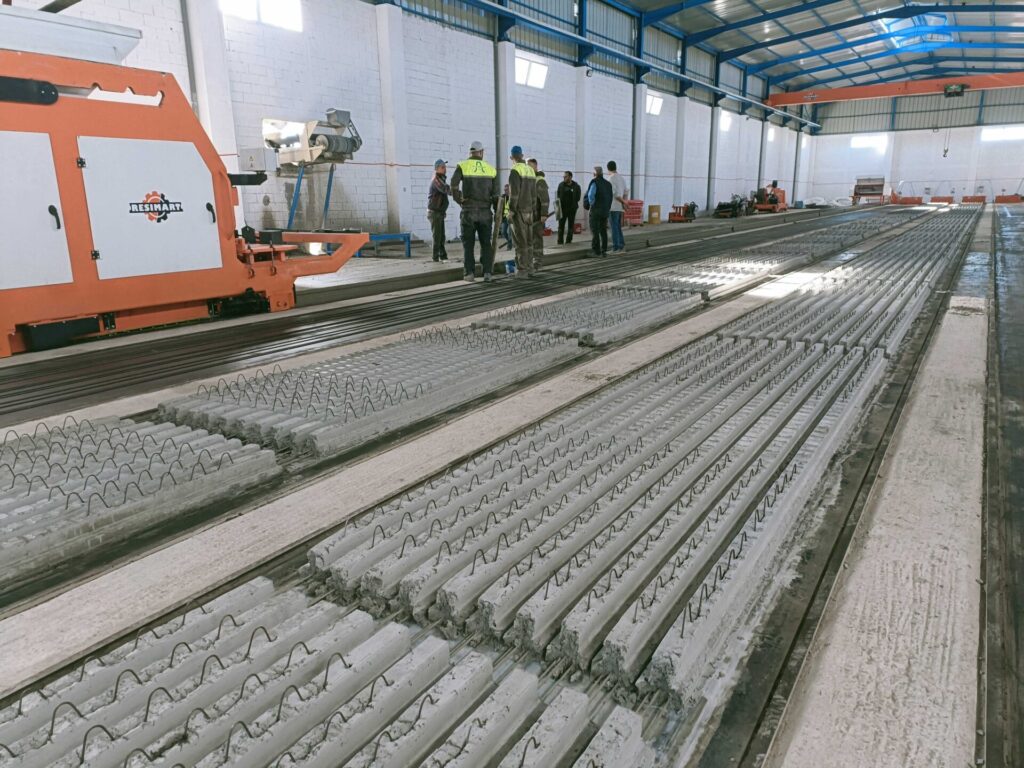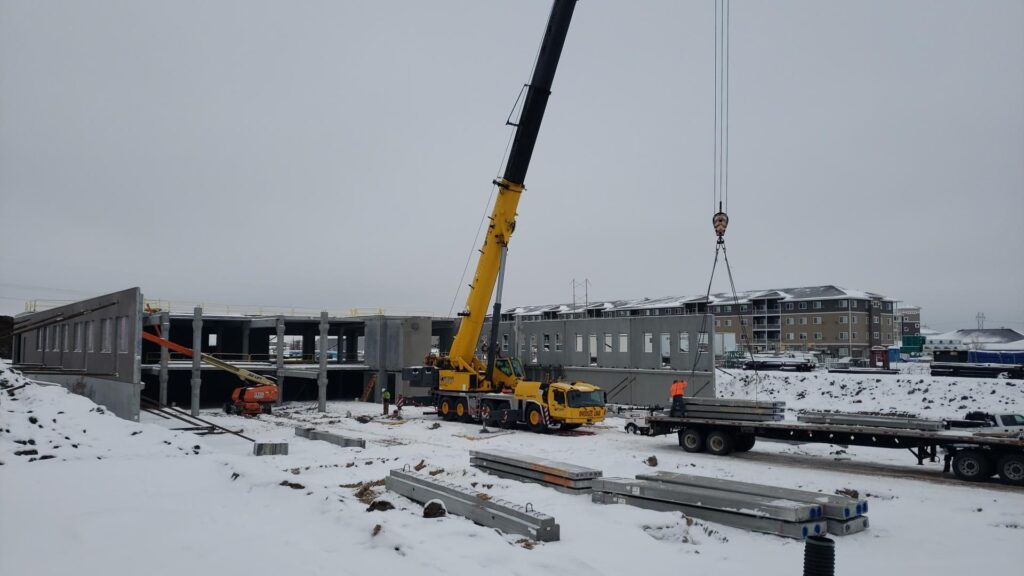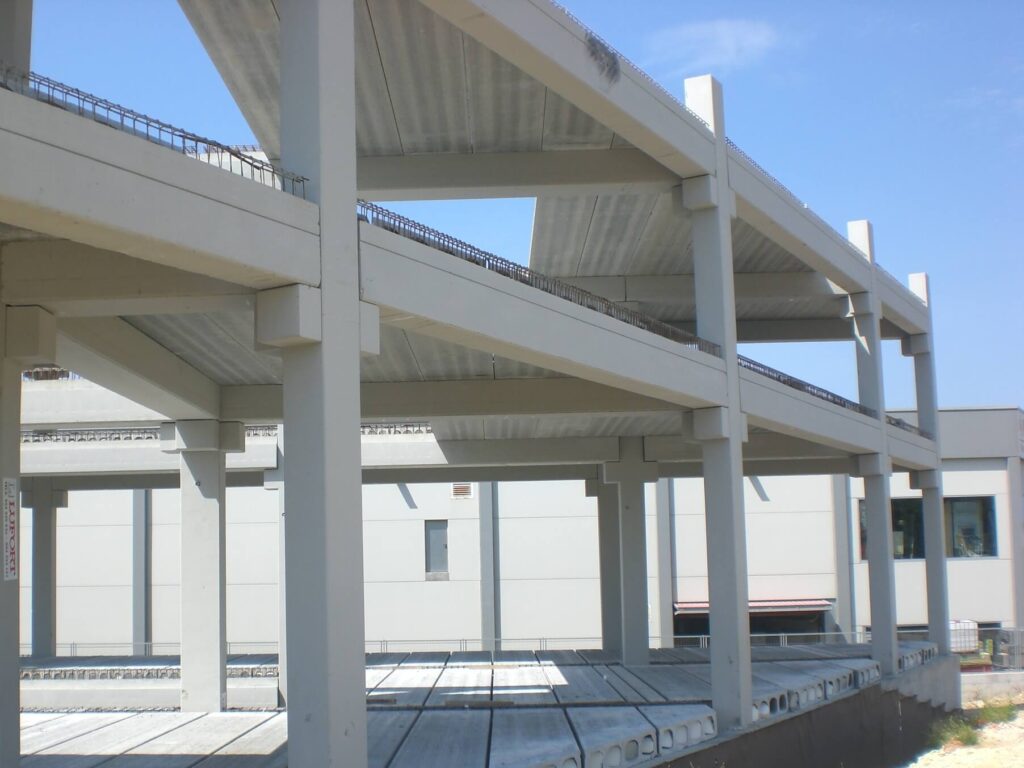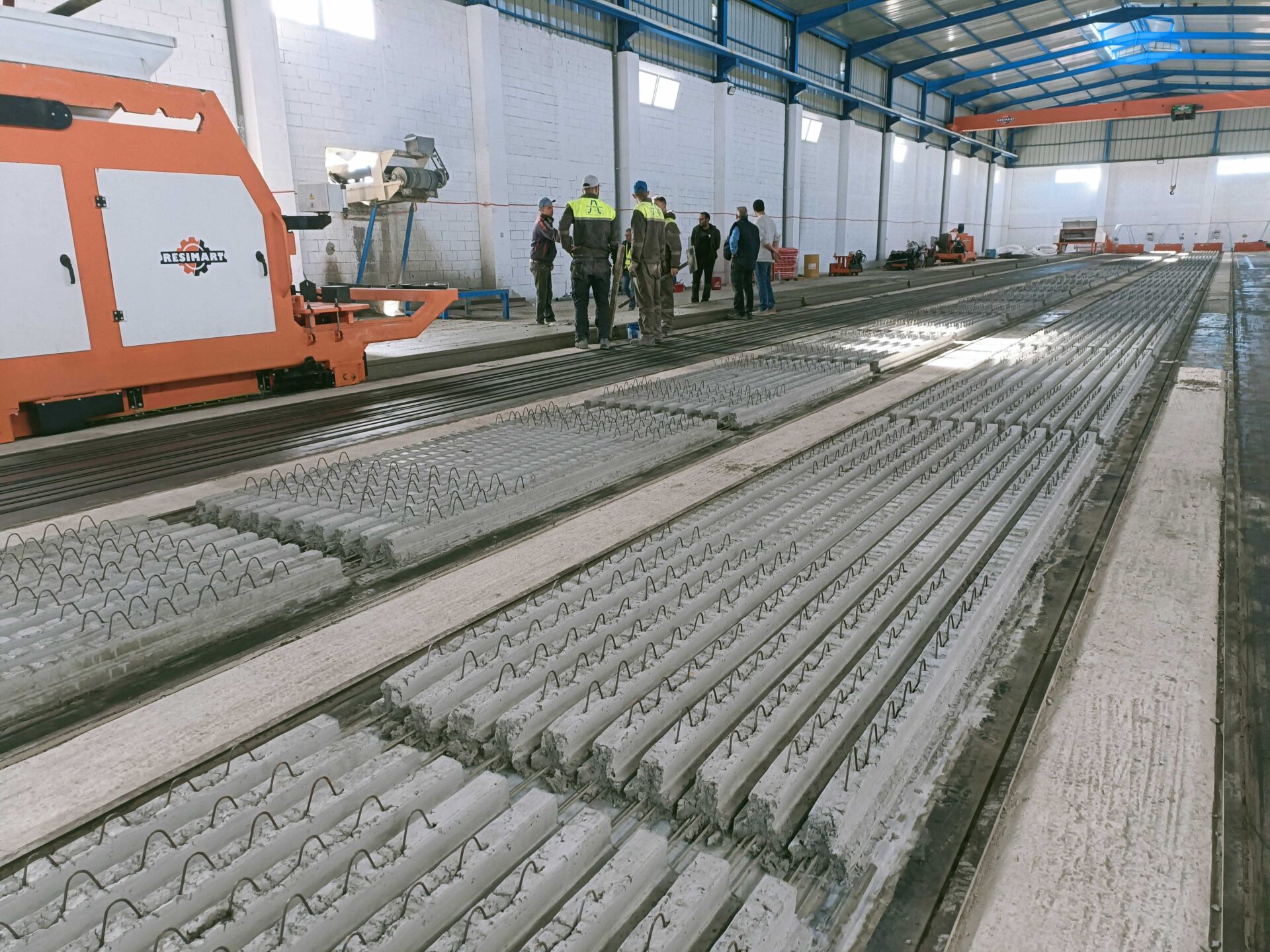In a world where cities are constantly growing, and urbanization is advancing rapidly, the construction of earthquake-resistant buildings and structures has become an undeniable priority. In this context, seismic regulations stand as a fundamental pillar to ensure the safety of people and the integrity of constructions. Particularly, when it comes to prestressed concrete prefabricates, the importance of complying with these regulations becomes even more evident.
Earthquakes are natural phenomena that can unleash devastation in a matter of seconds, and in areas prone to them, such as high seismic activity zones, the construction of earthquake-resistant buildings is essential. This is where seismic regulations come into play, establishing specific guidelines and standards to ensure that structures can withstand seismic forces without jeopardizing people’s lives or building functionality.
Prestressed concrete prefabricates, which are structural elements manufactured in controlled factory conditions and then assembled on the construction site, offer significant advantages in terms of quality and strength. However, to fully harness these benefits, it is essential to comply with the appropriate seismic regulations. Here are some key reasons why this is crucial:
- Safety of People: Seismic regulations focus on protecting human life. A building that complies with these regulations has a higher probability of maintaining its structural integrity during an earthquake, significantly reducing the risk of injuries or loss of human lives.
- Property Protection: In addition to personal safety, seismic regulations also take into account property protection. Buildings that comply with these regulations are less likely to suffer severe damage, which can result in costly repairs or economic losses.
- Durability and Resilience: Seismic regulations promote the construction of durable and resilient structures. This is particularly important in the case of prestressed concrete prefabricates, as these elements must bear substantial loads and maintain their integrity over time.
- Regulatory Compliance: Failure to comply with seismic regulations can have serious legal and financial consequences for those responsible for construction. Additionally, authorities may deny construction permits if these standards are not met.
Seismic regulations play a crucial role in the construction of prestressed concrete prefabricates, as well as in any other type of structure. Compliance with these regulations is not only a legal requirement but also an ethical responsibility to ensure the safety of people and the resistance of constructions to seismic challenges. Investing in design, materials, and construction that meet seismic regulations is an investment in the safety and well-being of society as a whole.
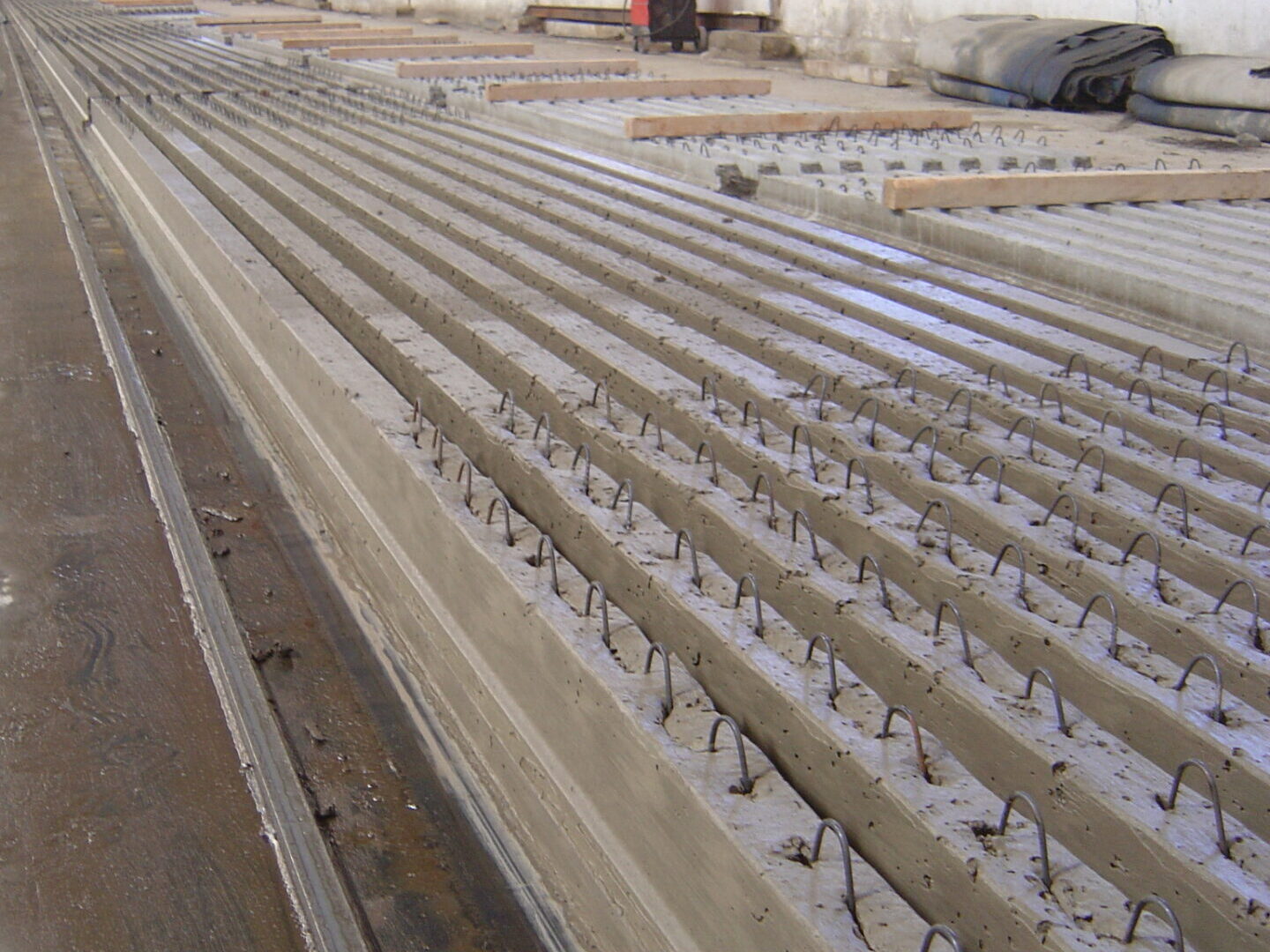
At Resimart, we adapt our equipment to the needs of each client and the relevant country’s regulations. Below are some examples:
- Molding Machine and Molds Designed for “Crantage”:
The machine operator programs product lengths and areas where crantage is necessary. The machine and mold assembly perform all the work automatically, leaving the precast beams or hollow-core slabs with characteristic seismic inserts (crantage) and exposed cables. This ensures that these prefabricates have much greater adhesion on-site, reducing displacements and collapses during a seismic event. - Cable Cutting Machine for Exposed Cables:
Specially designed for this purpose, it only cuts in the areas where cables are left without concrete. The cutting process is much more efficient and faster. - Machine for Manufacturing Seismic Lattice or Reinforcement:
This machine allows for the rapid and cost-effective production of seismic lattices, ensuring regular geometry for easy insertion into beams. - Lattice Insertion Machine (Greques):
Facilitates the insertion of lattices into beams, preventing deformation during insertion and ensuring proper adhesion of lattices within the beams.
We appreciate you reading our post. If you are interested in this field or have any inquiries, please do not hesitate to contact us.

